Sustainability Concerns
Sustainability is becoming an increasingly pressing issue within the Aseptic Packaging Market. As consumers become more environmentally conscious, there is a growing demand for packaging solutions that minimize environmental impact. Aseptic packaging, which often utilizes recyclable materials, aligns well with these sustainability goals. Companies are now focusing on reducing their carbon footprint and enhancing the recyclability of their packaging. Recent surveys indicate that a significant percentage of consumers are willing to pay a premium for sustainable packaging options. This shift in consumer behavior is likely to drive innovation and investment in sustainable practices within the Aseptic Packaging Market, as manufacturers seek to meet these evolving expectations.
Technological Innovations
Technological advancements play a crucial role in shaping the Aseptic Packaging Market. Innovations in packaging materials and processes have led to enhanced efficiency and product safety. For instance, the development of advanced barrier materials has improved the shelf life of products while maintaining their quality. Furthermore, automation in the packaging process has reduced production costs and increased output. As companies strive to remain competitive, the integration of cutting-edge technologies is becoming increasingly prevalent. This trend suggests that the Aseptic Packaging Market will continue to evolve, driven by the need for improved packaging solutions that meet consumer demands and regulatory standards.
Growth in the Beverage Sector
The Aseptic Packaging Market is witnessing substantial growth, particularly within the beverage sector. The increasing consumption of non-alcoholic beverages, such as juices, dairy products, and plant-based drinks, is a key driver of this trend. Recent statistics indicate that the beverage packaging segment is anticipated to expand at a rate of around 6% annually. This growth is attributed to the rising health consciousness among consumers, who are opting for healthier beverage options. Aseptic packaging provides an effective solution for preserving the nutritional quality and flavor of these products, making it an attractive choice for manufacturers in the beverage industry. Consequently, this sector's expansion is likely to bolster the Aseptic Packaging Market.
Health and Safety Regulations
The Aseptic Packaging Market is significantly influenced by stringent health and safety regulations imposed by various authorities. These regulations are designed to ensure that food and beverage products are safe for consumption, which has led to an increased adoption of aseptic packaging technologies. The ability of aseptic packaging to maintain product integrity without the need for preservatives aligns well with these regulatory requirements. As a result, manufacturers are more inclined to invest in aseptic solutions to comply with safety standards, thereby enhancing their market position. This trend is expected to continue, as regulatory bodies worldwide are likely to tighten their scrutiny on food safety, further driving the Aseptic Packaging Market.
Rising Demand for Shelf-Stable Products
The Aseptic Packaging Market is experiencing a notable increase in demand for shelf-stable products. This trend is largely driven by consumer preferences for convenience and longer shelf life. As more consumers seek ready-to-eat meals and beverages that do not require refrigeration, manufacturers are increasingly adopting aseptic packaging solutions. According to recent data, the market for shelf-stable food products is projected to grow at a compound annual growth rate of approximately 5.5% over the next few years. This growth is indicative of a broader shift towards packaged goods that offer both convenience and extended usability, thereby propelling the Aseptic Packaging Market forward.


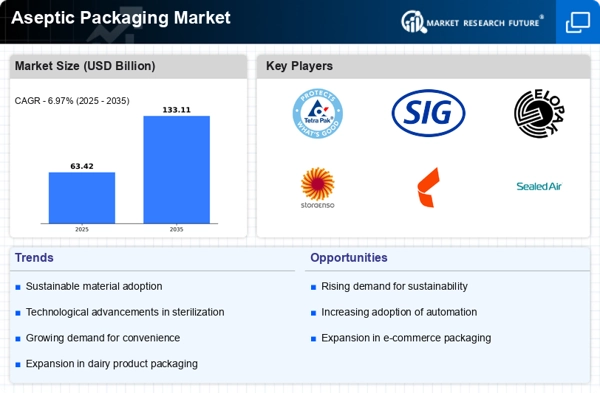
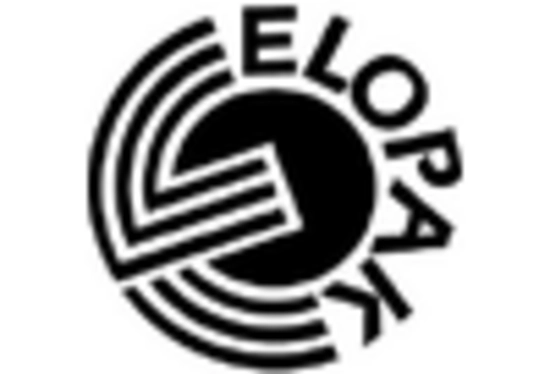
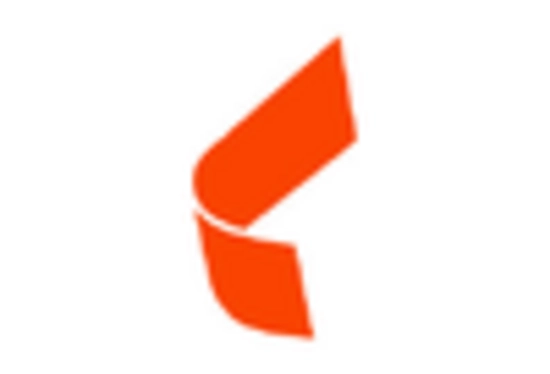
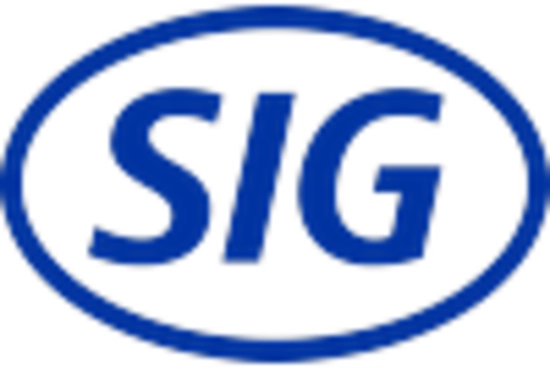
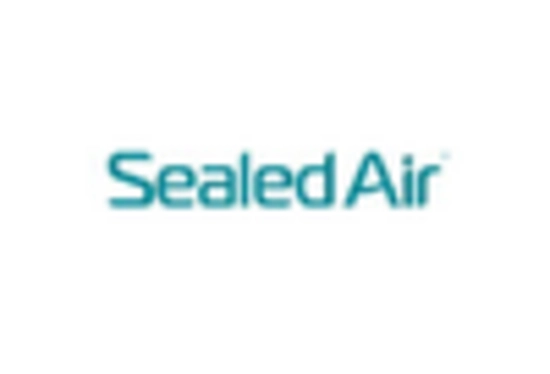
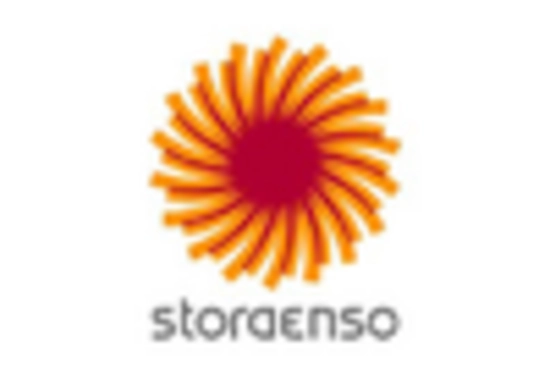
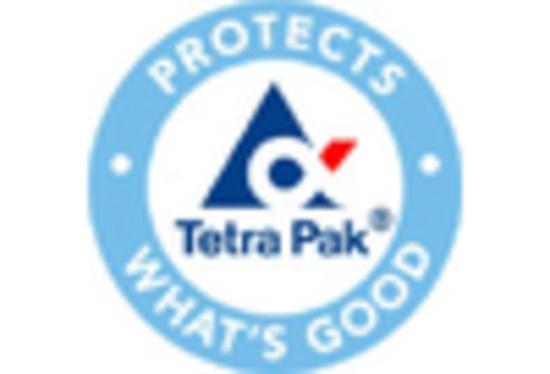








Leave a Comment